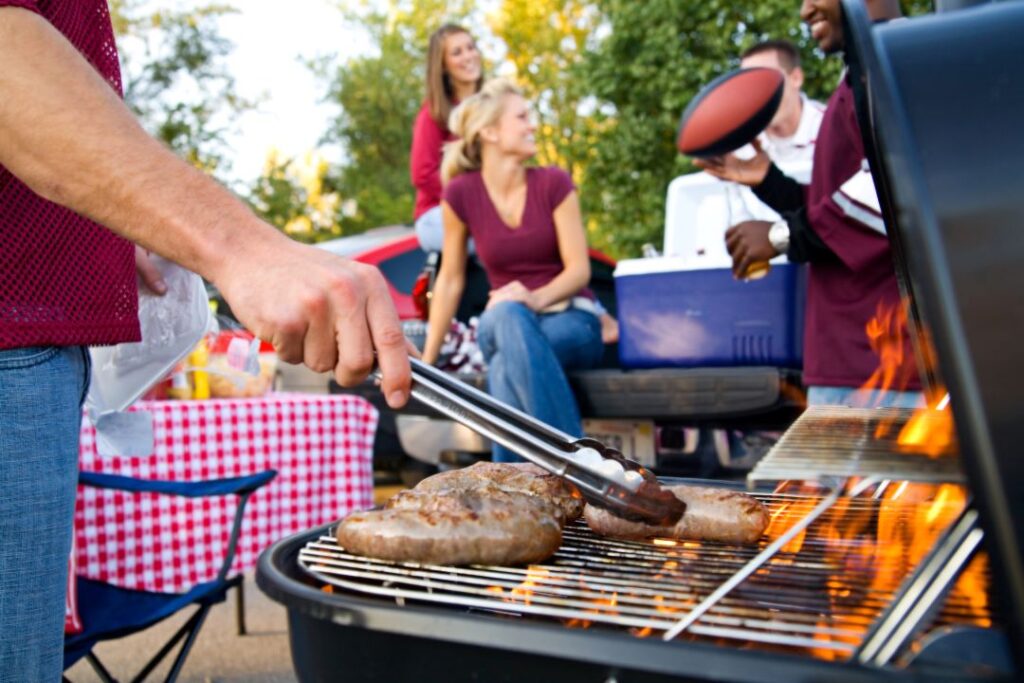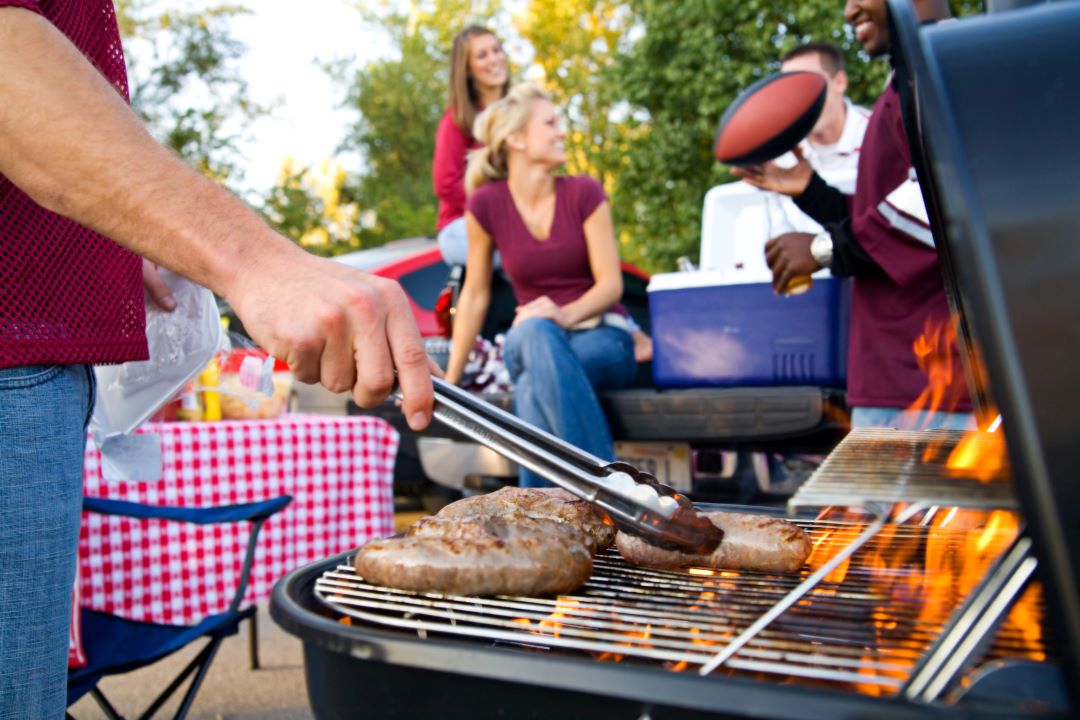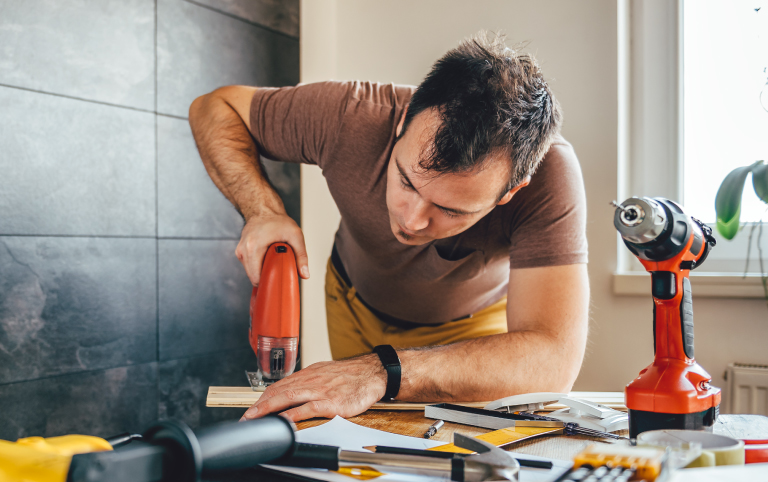The grill and grill equipment industry is experiencing a boom, and brands selling online have greater access to consumers than ever. E-commerce has changed the way shoppers research, compare and buy grills. And it’s forever altered how brands approach marketing their product to a national audience.
Read along as this article from 1WorldSync explores today’s trends for e-commerce companies selling grills and grilling equipment and how retailers can position themselves to sell more in this active market.
The State of Grilling
The pandemic had a profound effect on the grill and grill accessory market. But unlike some industries, grill sales flourished under the economic uncertainty wrought by COVID-19. Lifestyles and spending habits adapted to new stay-at-home behaviors. More people spent time –– and money –– cooking at home on their grills.
The market for home grills, barbecues, and accessories has skyrocketed over the last few years. According to the Hearth, Patio, and Barbecue Association’s biennial State of the Barbecue Industry Report, 80% of all homeowners and 70% of all households in the U.S. own at least one grill or smoker, matching the highest percentage in the study’s history, and up from 64% household ownership in 2019. In addition, 38% of all grill owners purchased a new grill in 2020 and 2021. Of those who bought in 2021, 27% did so because they were cooking at home more due to the pandemic.
During this time, e-commerce retail began to take its place as the normative means of purchase for individuals. Because in-person shopping was restricted and intimidating to many consumers, online shopping took its place. Consumers haven’t looked back.
Today, shoppers research grills, compare features and pricing against other brands and retailers, then have the equipment shipped directly to their homes. The convenience and access to product information and content afforded by e-commerce shopping appeal to many consumers looking for the best grill products for the best value.
What does this mean for e-commerce companies selling grills and grilling equipment? Consumers want these products, and they’re going to buy them online. Retailers are responsible for ensuring they engage with an active audience and provide them with the content and tools to confidently proceed with the purchase.
Trends for E-Commerce Grill Sales
Earning the top position in any market requires brands and retailers to understand the current landscape of their industry. Read on as we explore the top trends for e-commerce grill and accessory sales.
1. Augmented Reality in Product Content
Shoppers want to see how their new grills will look –– and fit –– in their space. Augmented reality makes that possible. AR content provides real-world visualization that even in-person shopping can’t deliver. It answers the question, “How will this grill fit on my deck, porch or outdoor kitchen?”
AR product placement also delivers personalized experiences that today’s e-commerce consumer expects. Shoppers experience a product in their space, on their terms, in a zero-pressure situation. All the while, you’re instilling confidence and garnering excitement for your product.
2. Relevant Cross-Selling
When shoppers research, compare and buy grills online, their journey doesn’t stop there. They’ll also need all the right tools and accessories to enhance the grilling experience. Top e-commerce grill companies know that relevant cross-selling is critical to increasing average order value, exposing shoppers to new products, and improving the customer’s purchase satisfaction.
When done well, product recommendations can significantly improve brand affinity and the shopper experience. 1WorldSync research found that 73% of consumers using product recommendations and bundling features are moderately or very satisfied. And as we all know, happy customers are repeat customers, increasing your ROI and improving your bottom line.
By pairing relevant grilling or barbecue tools, accessories, or other equipment with the item the consumer is currently evaluating, you increase exposure and the likelihood of increasing their cart value.
3. Ample Product Imagery
A significant drawback of e-commerce, within any market, is the lack of in-person product evaluation. Shoppers want to know what they’re buying before they buy, and when they can’t walk around a grill, lift the lid themselves, or ask questions of the sales associate, they need product content that fills in the gaps. E-commerce grill companies must provide a high volume of quality product imagery to instill confidence in their shoppers.
1WorldSync’s recent Consumer Product Content Benchmark report found that 52% of consumers will leave a product detail page because of low-quality product imagery or too few images. Conversely, 58% say high-quality, well-executed imagery drives them to purchase.
The opportunities to engage the grilling audience are endless. Grill enthusiasts want content regarding new recipes, techniques, and equipment. Prioritizing imagery and video on your PDPs (and other channels, like your socials) establishes your brand’s legitimacy and quality while providing helpful content your audience wants to consume.
Because grills are a significant financial investment, consumers want images, videos and other enhanced content that provides the information and details required to make a confident purchase.
4. Outdoor Living Lifestyle Brands
Grill manufacturers are selling more than a tool. Barbecue grilling is a lifestyle, and savvy grill brands recognize that. Instead of marketing individual products, successful brands taking hold of the digital shelf market their products as part of their outdoor living lifestyle brand.
Positioning itself as a lifestyle brand allows grill companies to immerse consumers in their products and community. Creating content that engages and educates both avid grill enthusiasts and the amateur cook helps these brands draw consumers in with more than just a product. You invite them into something much bigger: a community where they can learn and hone the art of the grill.
Grilling is more than a means to cook a meal. And it’s greater than a hobby. It’s a lifestyle. Present your brand as more than merely a retailer; as an outdoor living lifestyle brand, you’re selling more than products. You’re selling the ideals, community and lifestyle shoppers want. This emotional draw helps you succeed on today’s digital shelf.
5. Product Line Expansions
Creating an outdoor lifestyle brand includes offering a full range of products to meet evolving consumer needs and wants, including grills, accessories and outdoor kitchen equipment. CMO Justin Petersen of industry giant BBQGuys refers to this technique as “selling the backyard.” One in ten grillers has an outdoor kitchen, and 56% use it at least once a week. And these numbers are growing.
As mentioned above, grilling is part of a lifestyle for many individuals. They want to invest in the best equipment and products to enhance the grilling experience. By expanding product lines to include outdoor kitchen equipment, products and accessories, grill companies can cater to a vast demographic of shoppers looking to transform their yards into outdoor grilling and living spaces. Becoming a one-stop outdoor shop allows companies to provide everything consumers want for these spaces, improving the customer experience and boosting loyalty and retention rates.
Sell More with 1WorldSync
Selling more grills and grilling equipment requires companies to effectively manage their data at scale. Retailers are no longer focused solely on a local audience. E-commerce grill sales allow brands and retailers to market and sell to consumers nationwide.
You need a seamless e-commerce solution to confidently create, manage and exchange product content to make the most of your online presence. 1WorldSync delivers.
We house content creation, management and delivery on one platform, streamlining workflows and ensuring content accuracy and consistency across all touchpoints.
Reach out to our team today to learn how 1WorldSync’s e-commerce solutions can help you win your market starting now.






